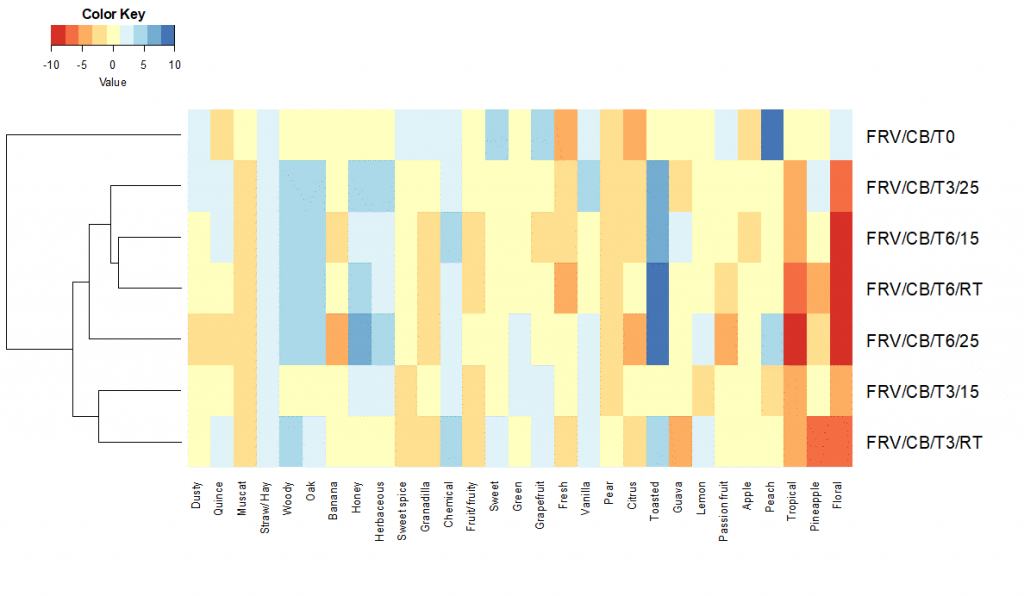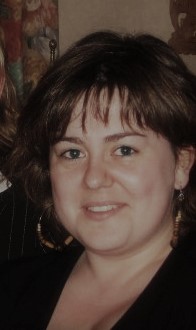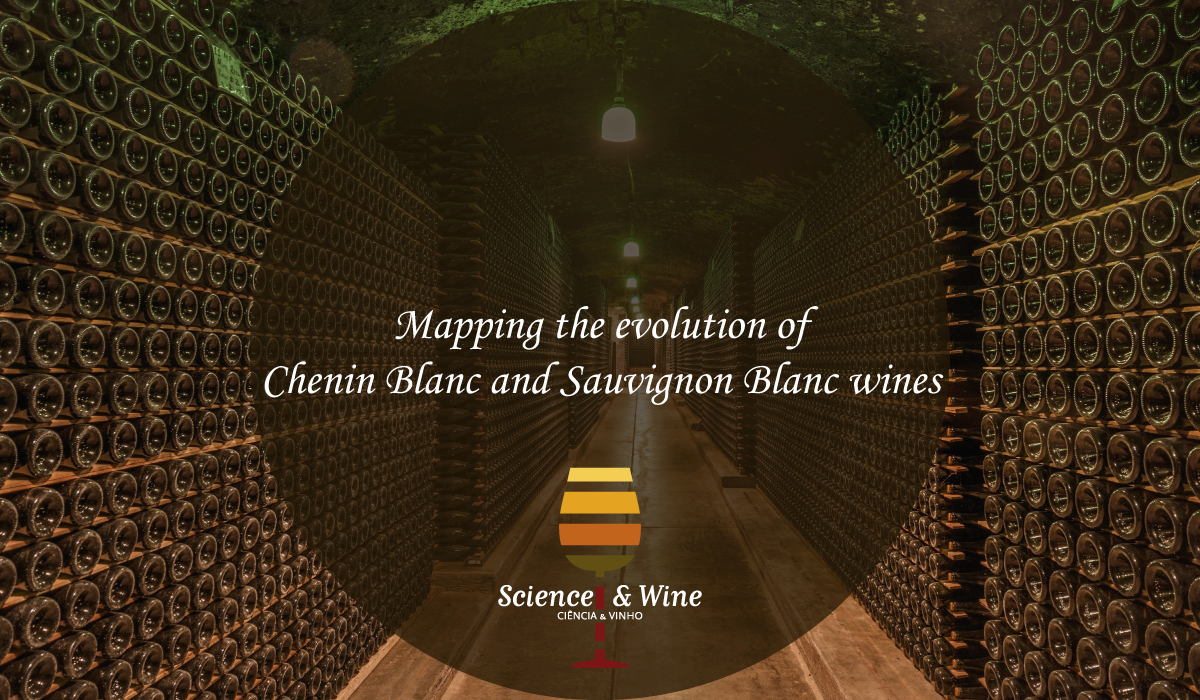By Astrid Buica and Mpho Mafata
Many changes happen from the moment a wine is bottled until it is poured into a glass. These changes are dictated by wine composition, the conditions in which the wine is transported and stored, and the duration of these conditions. Wine composition itself is a result of many factors – from cultivar, grape growing conditions, to winemaking procedures and wine age. The question is, do different wines change in a similar manner when placed in similar conditions, regardless of the initial composition?
To answer these questions, we decided to evaluate the changes for two cultivars, one aromatic (Sauvignon Blanc) and one neutral (Chenin Blanc). All selected wines were young, unwooded, cold stabilized, and bottled under screwcap in the month prior to the beginning of the study. The wines were sourced from six wineries that worked with both cultivars. The wines were kept in their designated storage conditions (room temperature, 15°C, 25°C) for 3 and 6 months, and the original wine was considered the control or time 0 (T0). Once the storage time was reached, the bottles were moved into a -4°C room to avoid further changes while avoiding freezing.
The sensory evolution of the wines was measured using Pivot©Profile (Thuillier et al., 2015). We chose the method due to its concept: each wine is described in comparison to the reference (or Pivot), in our case T0, and the judges mark the attributes as ‘more than’ or ‘less than’ in the control. The resulting sensory profile of the samples is not a general profile of the wine, but rather in terms of what changed in comparison to the reference. In our case, what changed in the wines since the experiment started. To us, this method was an excellent choice for a fit-for-purpose approach.

The visuals that accompany the results are self-explanatory and intuitive: a heatmap (Figure 1). It can be read horizontally or vertically, depending on whether the wine profile or a specific attribute need to be described in relation to the T0 wine. The heatmap illustrates how samples and attributes relate to each other in the same set. More practically, we can see which of the wines changed in a similar manner to each other and which changed the most (or least) compared to the original wine and how. This was a simple and elegant idea for which we have to thank our colleagues and co-authors, Dr Jeanne Brand and Prof Martin Kidd (Brand, 2019). We also used the more classical approach of Correspondence Analysis (CA) to work with the data.
At the end of this stage, twelve sensory maps were produced, one for each set of wines, six for Chenin Blanc and six for Sauvignon Blanc. At this point, even though we have represented each wine’s evolution individually, the overarching question was still not answered – did the wines change in a similar manner?
The work was taken a step further, investigating this time the patterns of evolution of the wine sample sets. To this end, we had to assess the similarities in the configurations obtained for the individual sets illustrated by the maps. Statistically, regression vector (Rv) coefficients were calculated pair-wise for the sets, which, in turn, were used for a three-dimensional representation of Multidimensional Scaling (MDS). Practically, we obtained a 3D map in which the sample sets were now reduced to one point. All the information acquired during the experiment was condensed to the level where we could see which wines changed similarly and which did not, regardless of the initial wine profile. The closer the points on the 3D space, the more similar the pattern of evolution of the sets represented. An interesting finding was that, overall, Chenin Blanc wines had a more consistent pattern of evolution than Sauvignon Blanc wines.
The chemistry of the wines, related to factors such as clonal differences, grape ripeness at harvest, terroir, and winemaking practices, was highly variable between the initial wines. At the end of the experiment, we could still demonstrate that the storage conditions had similar effects on all the wines included in the experiment, with the exception of one Sauvignon Blanc and one Chenin Blanc wines, both from the same winery.
To learn more about this work:https://www.sciencedirect.com/science/article/pii/S0963996919303862

Dr. Buica is a researcher in Oenology specialized in Analytical Chemistry applied to wine and related matrices, coordinator of Analytical activities and manager of the Analytical Laboratory in the Department of Viticulture and Oenology at Stellenbosch University, South Africa. She graduated in 2000 as Chemist specialized in Analytical Chemistry at the University of Bucharest, Romania. She obtained her PhD in Analytical Chemistry at the Stellenbosch University, South Africa. Dr Buica decided to follow another path when the opportunity arose in the Institute for Wine Biotechnology and the Department of Viticulture and Oenology at Stellenbosch. An Analytical Chemist at heart, Dr. Buica dedicated most of her time to the Analytical activities and laboratory in the Department, developing methods for routine analysis of wine and related matrices. In the recent years, she has decided to slightly shift her focus to include Sensory Science in her work, to bring together these two fields relevant to Wine Sciences. Most of her projects have an important Sensory and Analytical component to them, in an effort to give a more comprehensive view to the evaluation of wine. As such, she delved into untargeted analyses (HR-MS, IR, NMR) and rapid sensory methods for rapid wine profiling, and into the fields of Chemometrics and Data Fusion.

Miss Mpho Mafata is a PhD student in the Department of Viticulture and Oenology at Stellenbosch University, South Africa. She graduated from the University of Cape Town as a Chemist and then obtained her MSc at Stellenbosch University in 2017 with the thesis “The effect of grape temperature on the phenolic extraction and sensory perception of Méthode Cap Classique wines”. Under Dr. Buica’s supervision, Miss Mafata is continuing her studies, this time in the field of Data Fusion, working with applications in both Sensory Science and Analytical Chemistry. She is already the author of a number of papers and conference participations that showcase her work in this challenging field.
References
- Brand, J., 2019. Rapid sensory profiling methods for wine : Workflow optimisation for research and industry applications. PhD dissertation, Stellenbosch University.
- Thuillier, B., Valentin, D., Marchal, R. & Dacremont, C., 2015. Pivot(c) profile: A new descriptive method based on free description. Food Qual. Prefer. 42, 66–77.

